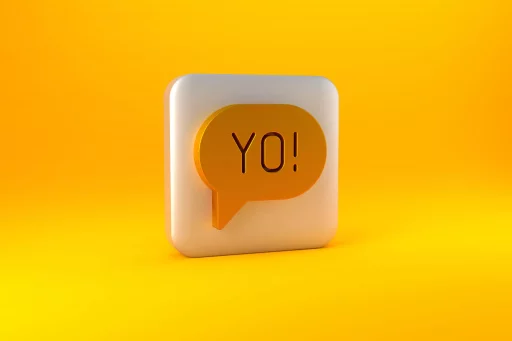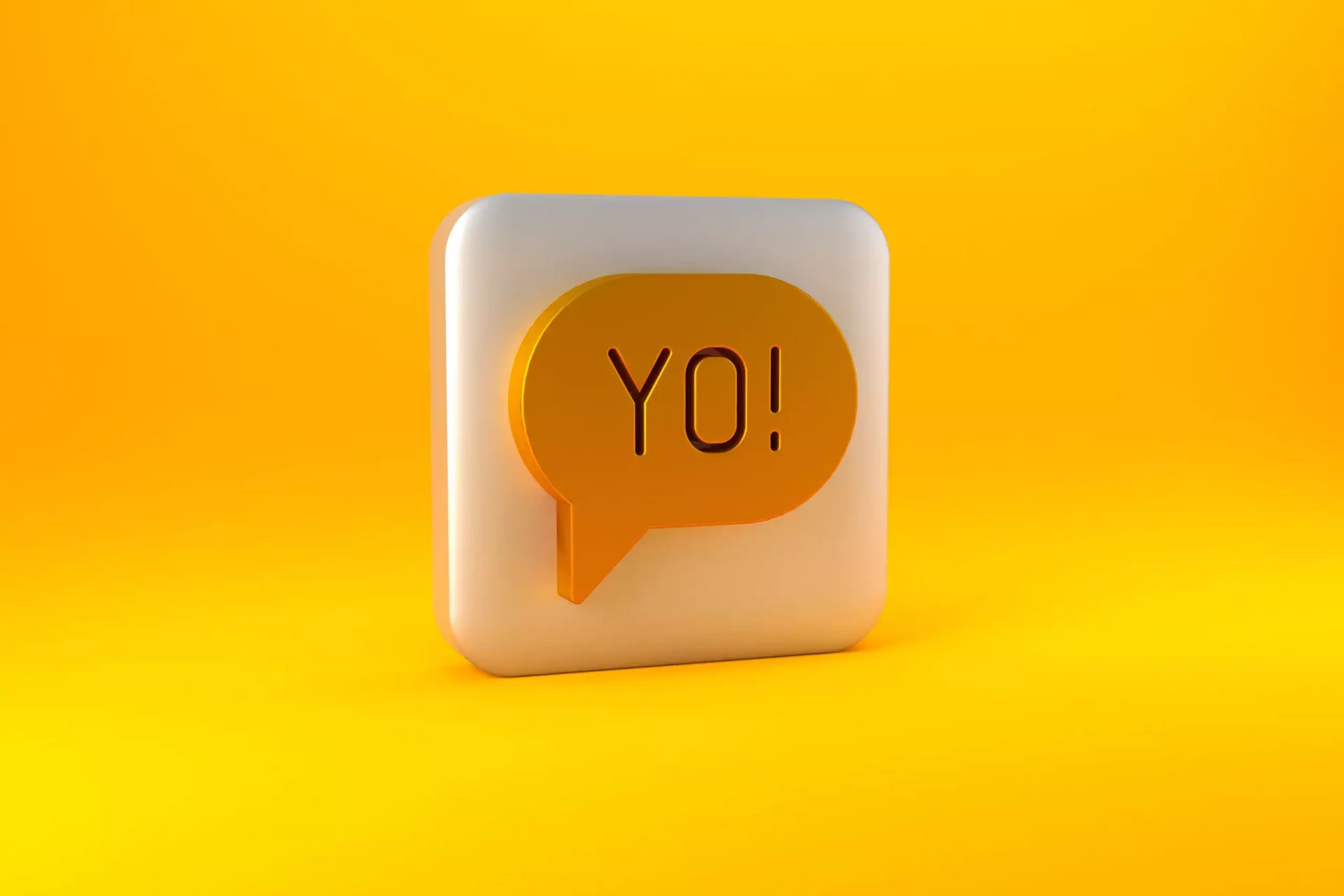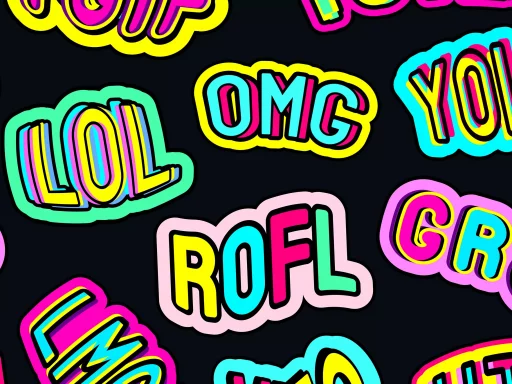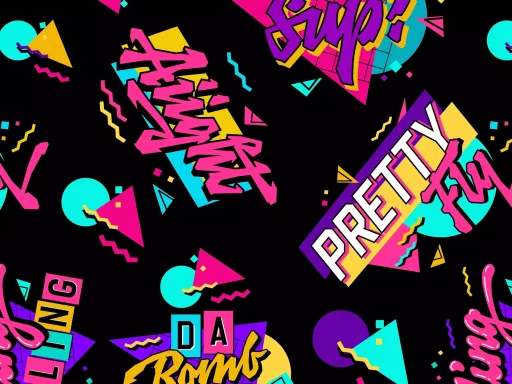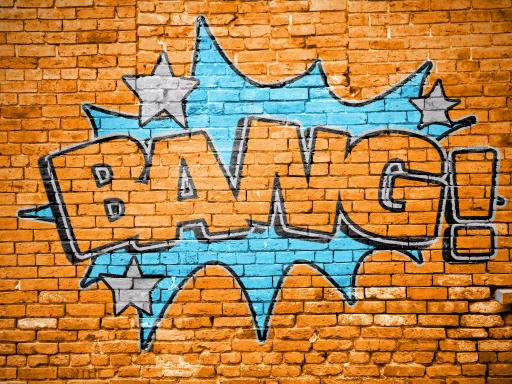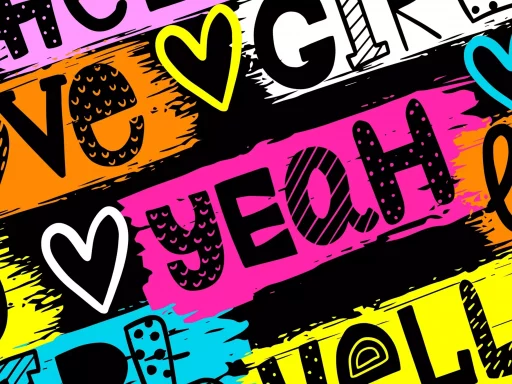The Rise of Emoji Slang
Emojis have become an integral part of communication in the digital age, transcending language barriers and adding a new layer of expression to text-based conversations. But did you know that emojis have also given rise to a new form of slang? Emoji slang, or ’emojilang’, is a growing trend where emojis are used to convey complex meanings and emotions in a concise and creative way.
How Emoji Slang Works
Instead of using traditional words or phrases, emoji slang relies on combinations of emojis to communicate specific ideas or feelings. For example, the combination of a heart emoji and a crying face emoji can convey a sense of heartbreak or deep sadness. This form of communication allows for faster, more visual exchanges that can be easily understood across different cultures and languages.
Examples of Emoji Slang
One popular example of emoji slang is the use of the ‘100’ emoji to signify perfection or authenticity. Another common usage is the ‘fire’ emoji, which is often used to express excitement, enthusiasm, or excellence. The ‘savage’ emoji, featuring a skull, can convey a sense of boldness or fearlessness.
Case Studies
A study conducted by SwiftKey, a keyboard app, revealed that emojis are now used in one out of every five texts that people send. This shows the increasing importance of emojis in modern communication and the potential for emoji slang to become even more prevalent in the future.
Statistics
- Over 90% of the world’s online population uses emojis regularly.
- Emoji use has increased by 33% year-over-year.
- Women are more likely to use emojis than men.
